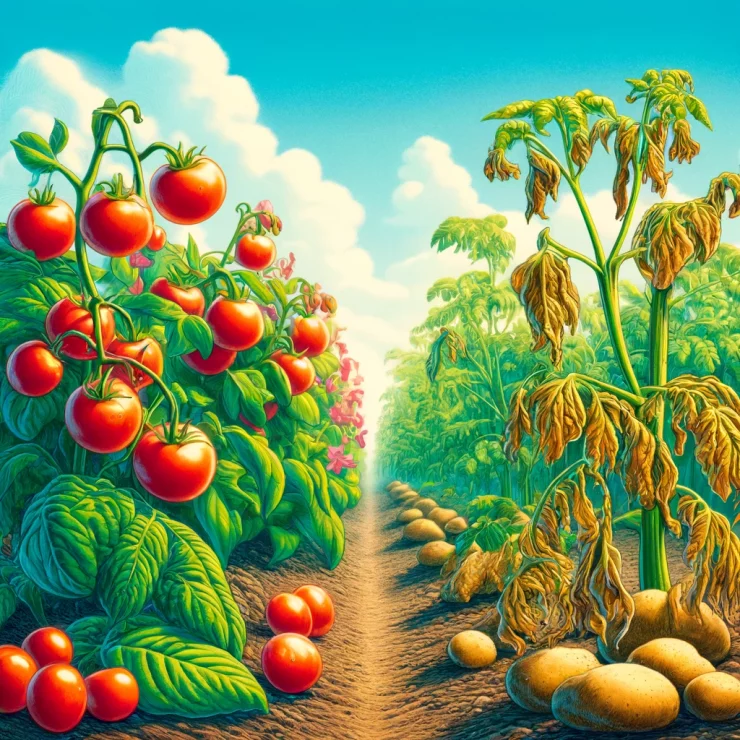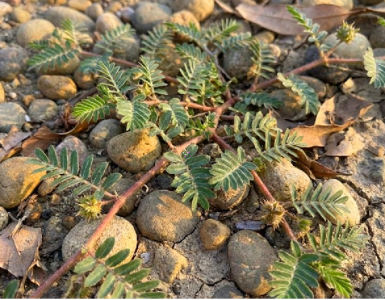When it comes to gardening, the layout of your plants can significantly impact their growth and overall health. While companion planting can enhance crop yields and deter pests, planting incompatible species together can lead to stunted growth, increased susceptibility to diseases, and reduced harvests. To ensure a thriving garden, it’s crucial to understand which plants should never be planted next to each other. Here’s what you must know:
Tomatoes and Potatoes: Despite belonging to the same family, Solanaceae, tomatoes and potatoes are susceptible to similar diseases, particularly blight. Planting them together increases the risk of spreading diseases between them. It’s advisable to separate these crops and rotate their locations annually to prevent soil-borne pathogens from accumulating.
Beans and Onions/Garlic: Beans fix nitrogen in the soil, which is beneficial for many plants. However, they don’t get along well with onions and garlic. These alliums can inhibit the growth of beans and other legumes. Planting them together can lead to poor yields for both crops.
Cucumbers and Aromatic Herbs: Cucumbers are sensitive to aromatic herbs like sage, rosemary, and basil. These herbs contain natural oils that can inhibit the growth of cucumbers and affect their flavor. To avoid stunting cucumber growth, keep them away from aromatic herbs in your garden.
Corn and Tomatoes: Both corn and tomatoes are heavy feeders, meaning they require a lot of nutrients from the soil. When planted together, they compete for nutrients, leading to reduced yields for both crops. Additionally, tomatoes are susceptible to corn earworm, a common pest of corn. Planting them together can increase the risk of infestation.
Brassicas and Nightshades: Brassicas, such as cabbage, broccoli, and kale, should not be planted near nightshades like tomatoes, peppers, and eggplants. These plants attract similar pests, including aphids and cabbage worms, which can devastate brassica crops. To prevent infestations, keep these plant families separated in your garden.
Lettuce and Celery: Lettuce and celery both require a lot of water to thrive. Planting them together can result in competition for water, leading to poor growth and quality for both crops. It’s best to space these plants apart to ensure they have adequate access to water and nutrients.
Mint and Other Plants: Mint is known for its vigorous growth and can quickly overtake neighboring plants if not contained. It’s advisable to plant mint in containers or designated areas to prevent it from spreading and competing with other garden plants.
By avoiding these incompatible plant pairings and following proper spacing and rotation techniques, you can promote a harmonious and productive garden. Remember to research the specific needs and preferences of each plant species to create an optimal growing environment for your garden. With careful planning and attention to detail, you can enjoy bountiful harvests and a thriving garden all season long.






Add comment